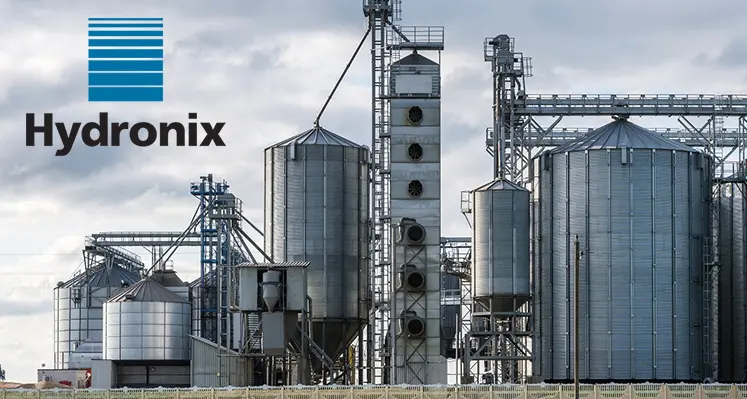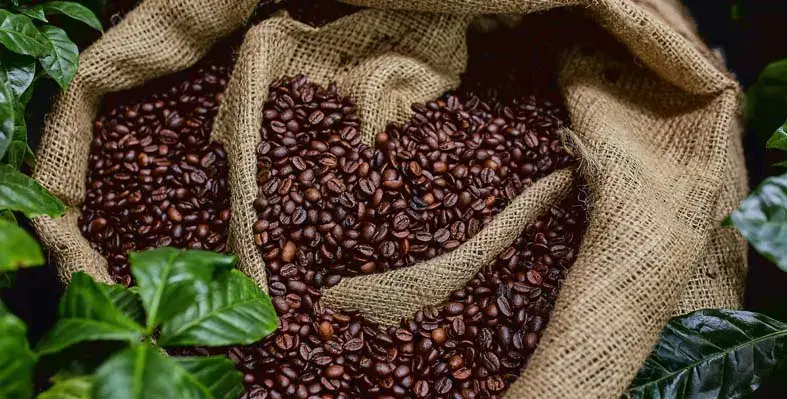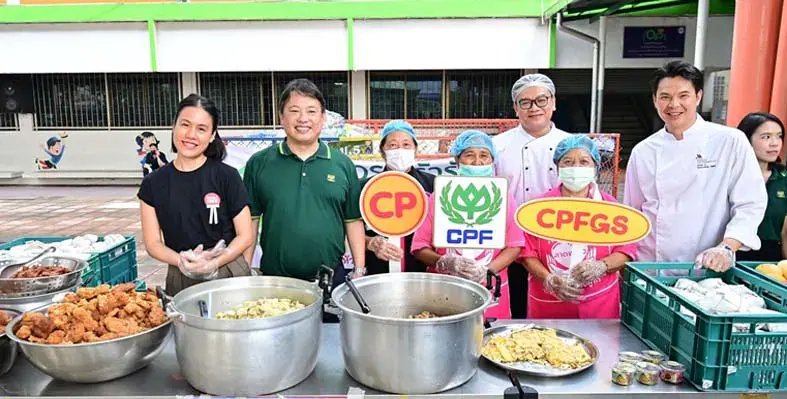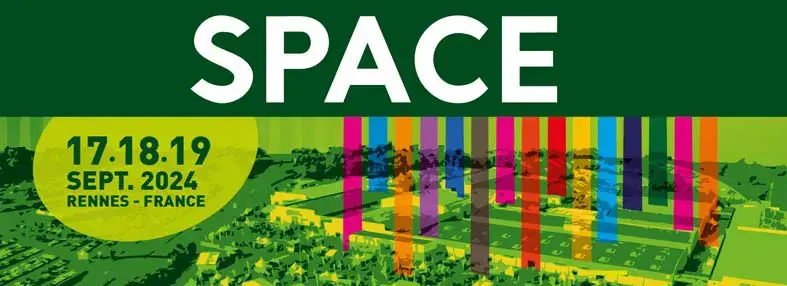
Hydronix sensors are used to measure the moisture of the material entering and exiting the dryer. (Image source: Hydronix)
Managing the moisture content of cereal grains is crucial to maximising storage times, maintaining nutritional value and taste, and ensuring efficient use during further processing
Cereal grains are used to produce animal feeds, flours, cooking oils, fuels, alcohol products, packaging materials and much more.
The benefits of precise moisture control include:
o Safe storage of grain for longer duration
o Minimising the amount of energy required to dry the grain
o Maintaining the nutritional value and taste
o Reducing harvesting losses such as cracked kernels
o Reducing dependency on weather conditions for harvesting
Where to measure moisture
Hydronix sensors are used to measure the moisture of the material entering and exiting the dryer. For a system drying material with a reasonably consistent incoming moisture, one sensor can be used on the output of the dryer. The sensor’s output can be used as the process variable of a feedback control loop for the dryer.
For systems with more fluctuation on the incoming materials, this may be insufficient due to the time delay between materials entering and exiting the dryer. In this case, another sensor can be installed on the input to the dryer to implement feed-forward control of the dryer, with the value from the sensor on the output used for feedback error correction. This configuration allows the dryer control to respond quickly to changes in incoming moisture and adapt to unmodelled effects on dryer performance such as weather conditions.
Result after installing the sensor
An accuracy of ±0.17% was obtained from the output of a dryer processing barley. The moisture range was limited as the dryer controller was operating to maintain a target slightly lower than 12.5% to make the barley suitable for long-term storage.
Summary
Drying grain to a consistent target requires highly accurate sensors that can provide precise and repeatable measurements, resulting in a consistent product, a reduction in spoiled or wasted material and better efficiency.
Hydronix sensors, such as the Hydro-Mix XT and Hydro-Mix XT-EX offer a purpose built, robust and durable solution for grain drying and processing applications. These sensors can significantly increase profitability through waste reduction, yield maximisation and efficient use of energy.
For more information, visit: https://hubs.li/Q02s-Mhq0









